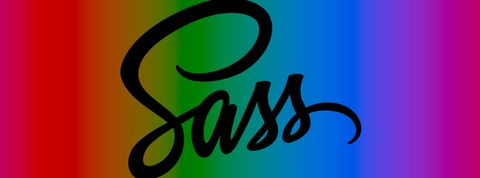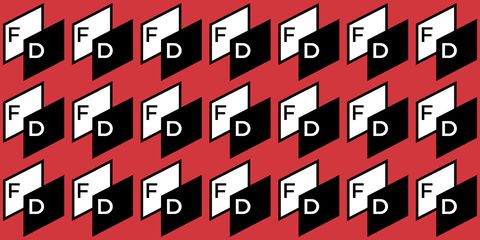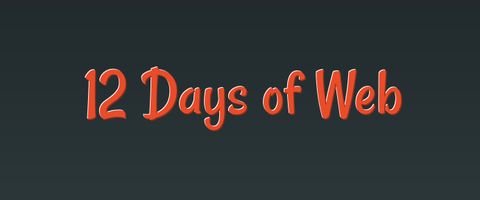Marketing has always straddled the line between promoting a product to
an open and willing target audience and outright manipulating those who
don’t need it (have you watched toy commercials with a young child
lately?). For better or worse, persuasion in marketing has proven to be
effective. Fortunately, it is fairly easy to spot an advertisement, even
when disguised as sponsored content or product placement. This is what
sets marketing apart from some of the more hidden aspects that are built
into the apps and sites we use every day.
Many of the discussions surrounding design ethics are focused on
privacy, data collection, and analysis by mega-companies and social
networks. While there are many unsolved issues in this space, I hope we
don’t limit our thoughts and conversations to these global apps. In
fact, the smaller the product or company for which you are working,
chances are the bigger impact you will have. With that in mind, let’s
explore some ways we can be more mindful when creating our next product.
Research and Communication
Fundamental to the design and development of anything we publish is
research and communication. Asking yourself or your team a series of
questions may help facilitate important conversations and decisions.
These may include:
- Why are we creating this?
- Who is most affected by this?
- What outcomes should we consider?
- Could we do better? How?
- Could this cause harm?
While unintended consequences are unavoidable by nature, thinking
through these questions upfront could help avoid negative impacts later.
Consider Your Team
A team of people with diverse backgrounds and life experiences can
contribute to building a more thoughtful product. When creating
something for a wide variety of people, it is best to include a wide
variety of people throughout that build process. If your team is small
(I was a team of 1 for many years), then try to do usability testing and
research with people who don’t necessarily have your same background,
interests, and career.
Consider Your Role
Ethics in design isn’t only about the things you create, but it is also
carried out in the conversations you have. Informing your boss or client
that the feature they requested isn’t ideal can be undesirable, but it
is your responsibility to tell them why and what, if anything, could be
done to make it better. It is almost always easier to complete a list of
requests rather than explore options and present a case for why and how
something else should be considered. You were hired for your expertise.
What’s Your Legacy?
While not everyone has the luxury of having their dream job or working
on an ideal project, it is important for me to be able to look back at
the end of the day and be proud of the work I have done. Is your work
helping others? Are you creating something that makes this world a
better place? If so, I’d love to hear more about it.
So, when asked what about building websites has you interested this
year? the role of ethics in the design and development of the things we
use every day weighs heavy on my thoughts.
Also, variable fonts.
If you are interested in learning more about Ethics in Design, here are
some resources that I recommend:



